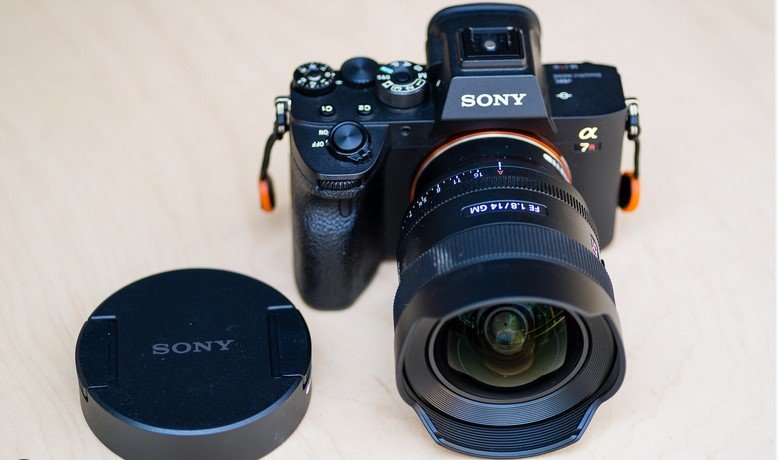When it comes to choosing a camera, the debate between mirrorless vs DSLR has become a significant consideration for photographers. Whether you’re an amateur or a professional, understanding the differences between these two types of cameras can help you make an informed decision. Both mirrorless and DSLR cameras have their own advantages, but which one is right for you depends on factors like size, performance, and personal preferences.

What Sets Mirrorless and DSLR Cameras Apart?
The key difference between mirrorless and DSLR cameras lies in their internal structure. DSLRs use a mirror mechanism to reflect light from the camera’s lens up into an optical viewfinder. This traditional setup allows photographers to see exactly what the lens sees. On the other hand, mirrorless cameras eliminate this mechanism, sending light directly from the lens to an electronic viewfinder or the camera’s display screen. This distinction affects everything from size and weight to battery life and autofocus performance.
Size and Portability
One of the most notable differences between mirrorless and DSLR cameras is their size. Mirrorless cameras are typically smaller and lighter because they lack the bulky mirror and optical viewfinder. This makes them an ideal choice for travel photographers or those who prefer to carry less gear. In contrast, DSLRs are bulkier due to their internal components, which can be a disadvantage for portability. However, the larger size of DSLRs can provide a better grip for some users, especially when using larger lenses.
Autofocus Performance
Autofocus is another area where mirrorless and DSLR cameras differ. Mirrorless cameras are known for their fast, precise autofocus systems, especially when it comes to focusing on moving subjects. This is because mirrorless models use phase detection directly on the sensor, resulting in quick and accurate focus. On the other hand, DSLRs have traditionally excelled in autofocus through their phase detection system, but only when using the optical viewfinder. When shooting in live view mode, mirrorless cameras often outperform DSLRs in autofocus speed and accuracy.
Image Quality and Lenses
Both Mirrorless and DSLR comparison cameras are capable of delivering excellent image quality. However, the availability of lenses can influence your decision. DSLRs have been around longer, meaning they have a wider selection of lenses and accessories. Major brands like Canon and Nikon offer extensive lens lineups for their DSLR systems. Mirrorless cameras, while newer, have quickly caught up, with manufacturers now offering a growing range of high-quality lenses. Many photographers are now opting for mirrorless systems due to their increasing lens compatibility and innovation.
Battery Life
Battery life is where DSLR cameras hold an advantage over mirrorless models. Since DSLRs use optical viewfinders that don’t require power, they can last significantly longer on a single charge. Mirrorless cameras, with their reliance on electronic viewfinders and LCD screens, tend to drain battery life faster. This means you may need to carry extra batteries if you’re using a mirrorless camera for extended shoots. However, advancements in battery technology have reduced this gap, and many mirrorless cameras now offer longer battery life than earlier models.
Viewfinders: Optical vs. Electronic
One major distinction between mirrorless vs DSLR cameras is the type of viewfinder. DSLRs use an optical viewfinder, allowing you to see the exact scene through the lens. This provides a more natural viewing experience and can be easier on the eyes during long sessions. Mirrorless cameras, on the other hand, use electronic viewfinders (EVF), which display a digital preview of the scene. While EVFs offer real-time exposure and color adjustments, some photographers prefer the clarity and immediacy of optical viewfinders.
Video Capabilities
For videographers, mirrorless cameras generally offer better video features than DSLRs. Most mirrorless models are designed with video in mind, offering superior autofocus during recording and the ability to shoot high-resolution 4K video. Many DSLR cameras, while capable of shooting video, don’t have the same level of advanced video functionality. If you plan on incorporating video into your photography workflow, mirrorless may be the better choice.
Conclusion
The choice between mirrorless vs DSLR ultimately depends on your personal preferences and specific needs. Mirrorless cameras excel in portability, autofocus speed, and video capabilities, while DSLRs offer better battery life and a more extensive selection of lenses. Both systems have the ability to produce stunning images, but your decision should reflect the type of photography or videography you plan to pursue.










